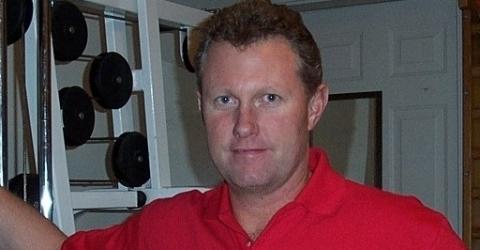THE EVOLVING ROLE OF THE HEALTH & SAFETY PRO
For example, it now appears that obesity increases by 200 percent the risk of suffering an MSD (soft tissue injury), so one of the most effective elements in an ergonomics program may be to develop a weight control strategy for workers (NIOSH, Dr. Howard, 2003).
Check out my book here
“Ensuring total workforce health – and control of individual health risks – has to become as important a goal of occupational safety and health programs as health protection against workplace risks currently is, if we are to maintain an able workforce. Not only does the current epidemic of obesity and diabetes among young Americans necessitate health promotion in the schools and in the workplace, but the overlap in causation between occupational and non-occupational risk factors suggests that a combined health protection and health promotion program is the most cost-effective way to spend scarce occupational health, and public health dollars (Howard, 2003).”
As Occupational Safety and Health professionals continue to build and implement programming to prevent health debilitating injury and illness, they have seldom, if ever, taken the charge to promote health in terms of intervention in employee lifestyle behaviors and risk factors. But the current epidemic of lifestyle induced chronic disease continues to plague work productivity, lost workdays, workers?compensation costs, short and long term disability, presenteeism, and it’s associated healthcare costs. All of which eat away at the bottom line of the employer, society, community, the Nation and often times diminishes the quality of life of the family. The Occupational Safety and Health professional is paramount to helping management address this rising corporate concern. In this new era, they have the opportunity placed in front of them to effect positive organizational cultural change and professional discipline evolution equally for the betterment of both the employee’s health and the bottom line of the employer.
Dr. John Howard, Director of the National Institute for Occupational, Safety, and Health (NIOSH), a division of the Center for Disease Control (CDC), had these futuristic words to say at a 2003 professional occupational safety and health conference: If employees do not function at their highest potential every day, a company may compromise its productivity and profitability no matter how technologically advanced its operating systems have become. With occupational injury and illness comes an increase in health and workers’ compensation costs and employee time loss, two factors that can seriously impact an organization’s bottom line.
Dr. John Howard in his keynote address at the American Industrial Hygiene Association Conference Expo, while making use of the 2003 conference theme, “Navigating Uncharted Territory,” identified eight challenges confronting Occupational Safety and Health professionals. Howard (2003) listed that how work is organized as the number one challenge for the Occupational Safety and Health professional and plainly sets the stage for possible injury. For example, United States workers are now laboring longer than ever before, and have reduced job security as jobs continue to be lost and employees are being asked to do more. These and other new factors could possibly expose employees to numerous intangible hazards such as workplace induced stress and violence and musculoskeletal disorders (MSD). Howard (2003) argues that organization of work could have a huge affect on stress related health risks such as high blood pressure, MSD’s and cardiovascular disease.
The third challenge laid out by the NIOSH Director involves the very core of this study, which is integrating Health and Wellness Promotion programming with more traditional health protection strategies. Howard (2003) referred to recent research that quite possible erases the boundary between occupational and non-occupational health.
Howard (2003) also introduced the fact that NIOSH had released the very first report to be issued by any National Occupational Safety and Health institute on the topic of organization of work. The report is entitled, “The Changing Organization of Work and the Safety and Health of Working People: Knowledge Gaps and Research Directions.” The report included a gap analysis and areas that need to be filled in what is known about the forthcoming era of research. The first gap looks at better data collection of work organization and its associated risk factors whereas the second gap addressed is that of the understanding of interventions by management and the affects on improving productivity and quality.
The clear lines that once separated various safety disciplines in the past have faded as more safety professionals also assume health, quality, and environmental responsibilities in business, industry and governmental agencies.
And now, CLICK HERE to view my presentations from the 2007 GOSH Conference.
